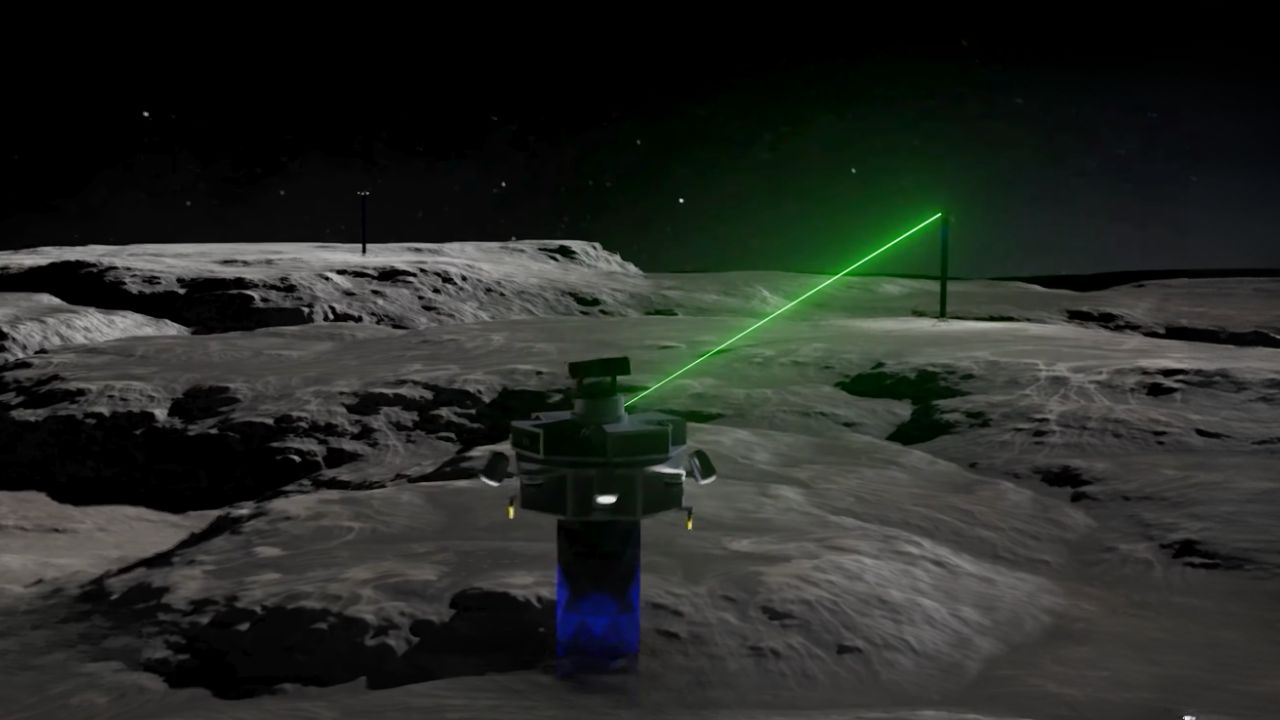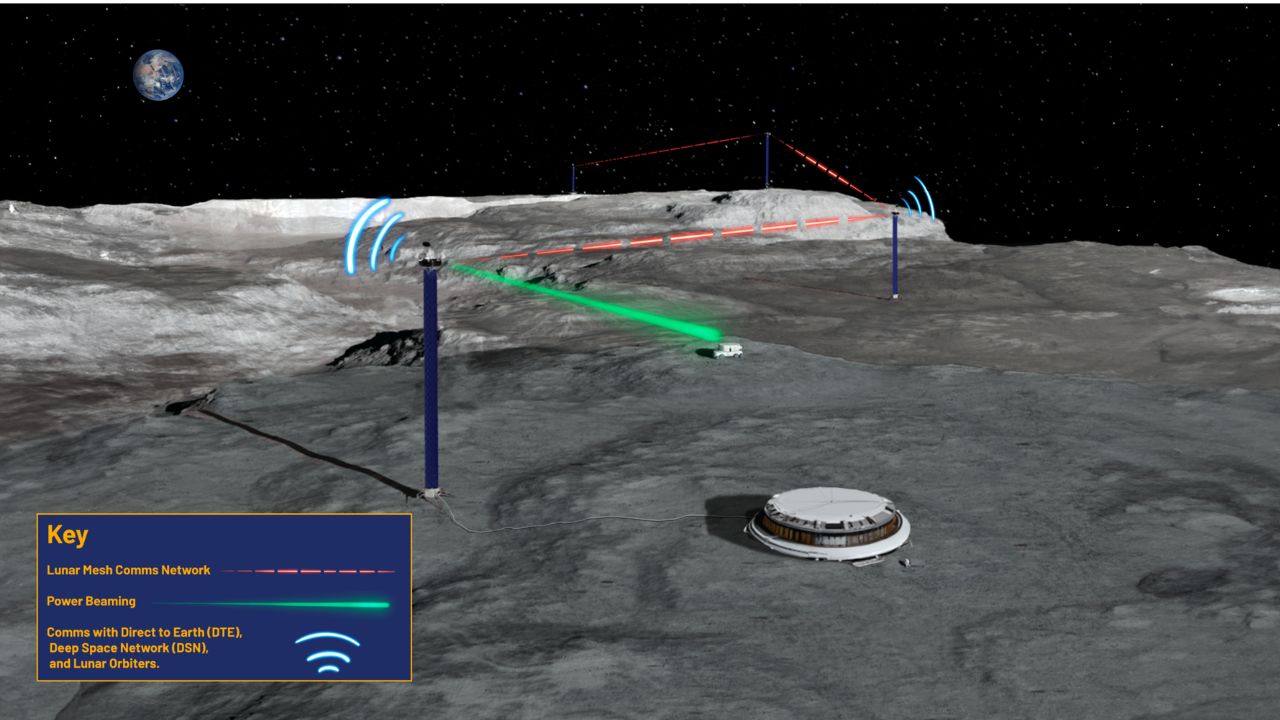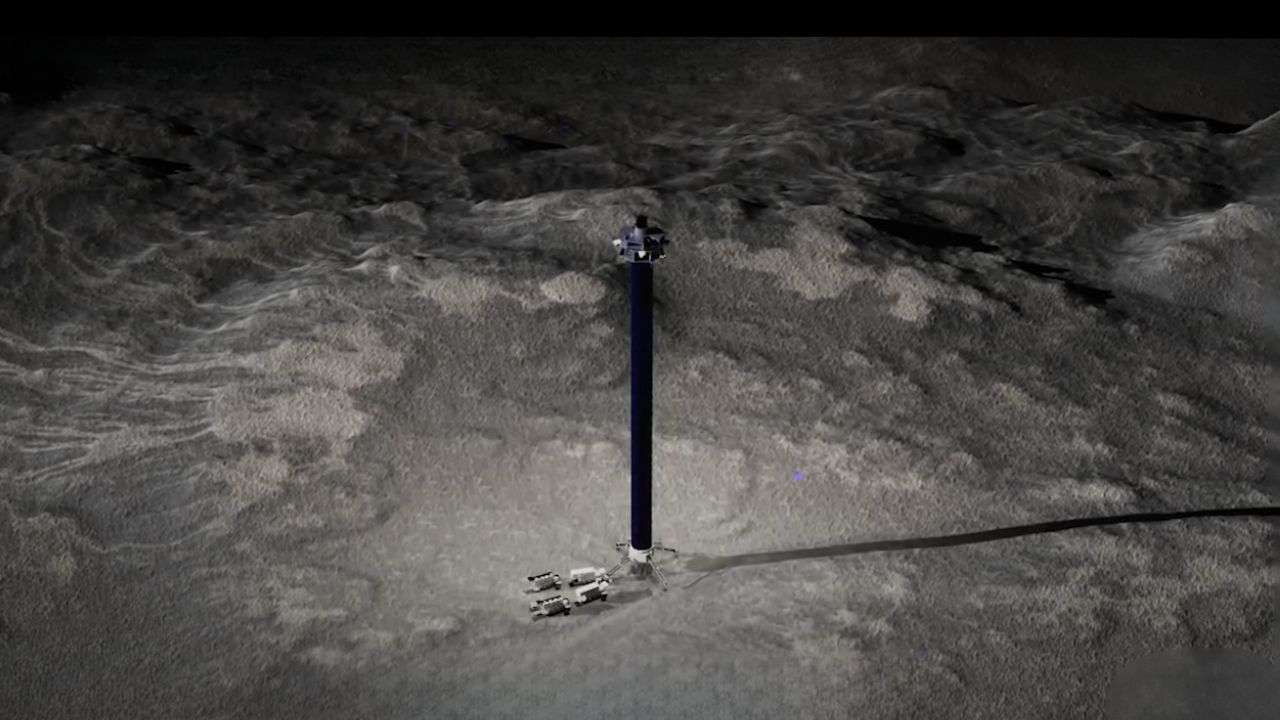As we gear up to return to the Moon with NASA’s upcoming Artemis missions, we’re not just aiming to set foot there again—this time, we’re planning to stay. The Artemis program is focused on establishing a sustainable human presence on the Moon, which will serve as a crucial stepping stone for future journeys to Mars.
This ambitious mission involves more than just landing astronauts. It requires a whole new level of infrastructure, and that’s where Honeybee Robotics steps in with its cutting-edge solutions, contributing to the development of essential technologies needed for living and working on the Moon.
GET SECURITY ALERTS, EXPERT TIPS – SIGN UP FOR KURT’S NEWSLETTER – THE CYBERGUY REPORT HERE

Credit: Honeybee Robotics
The lunar power grid on the moon
Humans haven’t set foot on the Moon in more than 50 years. As NASA and its partners work to change that, Honeybee Robotics is focused on ensuring we have the power systems necessary for long-term habitation and exploration. In collaboration with mPower Technology, Honeybee Robotics has been selected to develop the Lunar Array Mast and Power System (LAMPS), a key component of the lunar power grid.
This system will consist of towers as tall as the Statue of Liberty, equipped with solar panels and batteries, providing power, communications, and even street lighting on the Moon. LAMPS utilizes Honeybee’s DIABLO technology and mPower’s DragonSCALES solar modules, enabling flexible and efficient energy solutions in the harsh lunar environment.

Credit: Honeybee Robotics
CRAZY STRONG ROBOTIC DOGS GEAR UP FOR MOON MISSION
Powering the moon, one tower at a time
Honeybee Robotics’ LUNARSABER initiative complements the lunar power grid by providing deployable towers, approximately 328 feet tall, that integrate solar power, storage, and communication capabilities. These towers capture and store solar energy during the lunar day, ensuring power availability during the two-week lunar night.
The design includes innovative solar panels that offer 360-degree sunlight capture and large sails that track the Sun’s position, ensuring nearly 95% solar light access throughout the year. This technology supports lunar operations and lays the groundwork for similar systems that could be used on Mars.

Credit: Honeybee Robotic
NASA’S DRAGONFLY DRONE CLEARED FOR FLIGHT TO SATURN’S MOON, TITAN
Creating a connected lunar network
The LUNARSABER towers can function independently or as part of a network, beaming energy and communication signals over long distances. This capability effectively creates a lunar grid, connecting various outposts and vehicles. In emergencies, such as a lunar rover running out of power during the lunar night, a nearby LUNARSABER could direct a concentrated beam of sunlight to recharge its solar panels, ensuring continuous operation.

Credit: Honeybee Robotics
THE RACE TO FLOAT TOURISTS TO THE EDGE OF SPACE IS HEATING UP
Kurt’s key takeaways
The idea of having a power grid on the Moon is quickly shifting from a far-off notion to something we can actually see taking shape. Honeybee Robotics is playing a big role in making this happen with its LUNARSABER initiative. While there are still hurdles to overcome, the potential for a bustling lunar economy is becoming somewhat more realistic. As these technologies continue to evolve, the Moon could possibly become a vibrant center of human activity, setting the stage for future trips to Mars and beyond.
If given the opportunity, would you want to be among the first people to live and work on the Moon? Why or why not? Let us know in the comments below.
FOR MORE OF MY TECH TIPS & SECURITY ALERTS, SUBSCRIBE TO MY FREE CYBERGUY REPORT NEWSLETTER HERE



2 comments
“If given the opportunity, would you want to be among the first people to live and work on the moon? Why or why not? Let us know by writing us at Cyberguy.com/Contact.”
NO! Have you ever watched the TV show “Alone?” I love being away from people, but that would be too much, too quickly & for too long.
You do remember that joey “Space Cadet” biden was the first “Anything” in space! He said he was there long before the Soviets even dreamed of going into space. That he built a space rocket in his basement while being a “StuporStar” at Delaware U..
Some things we do are just to see if we can do it. My initial thought is can’t the money be better spent on Earth, but most things invented for space do actually benefit humanity terra firma. And we waste a lot more money already. Is the Moon the ultimate military outpost? Does colonization of it ensure global domination? Like an extended Star Wars System? Maybe the technology developed will create a solar power system with geosynchronous satellites that collects sunlight outside of the atmosphere (where it is 40X more efficient) and beams it back to Earth as clean power. Yet, the plan is to create this same energy on the Moon where it benefits a boy’s fort on a rock that feeds and houses no one for generations. Engineers and scientists should be doing that kind of research with a purpose that can be realized in the next generation or two.